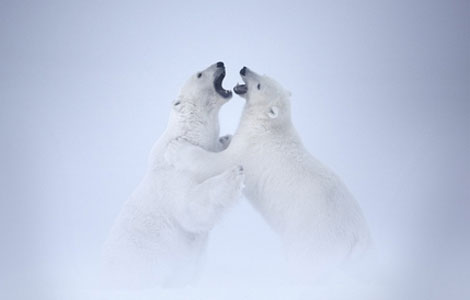

SYDNEY - A planned helicopter rescue of 52 passengers on a Russian ship stranded in Antarctic ice since Christmas Eve was delayed on Thursday due to unfavourable sea ice conditions in the area.
The helicopter on the Chinese icebreaker Snow Dragon had planned to lift passengers from the trapped Akademik Shokalskiy on Thursday and then use a barge to transport them to the nearby Aurora Australis, Australia's Antarctic supply ship.
"Current sea ice conditions prevent the barge from Aurora Australis from reaching the Chinese vessel Xue Long (Snow Dragon) and a rescue may not be possible today," the Australian Maritime Safety Authority (AMSA), which is coordinating the rescue, said in a statement.
It was not safe for the helicopter to land either on the Aurora Australis or next to the vessel, the agency added.
"It is now likely the rescue will not go ahead today. The preferred option is to wait for conditions that will allow the rescue to be completed in a single operation to reduce unnecessary risk," AMSA said.
The Russian ship left New Zealand on November 28 on a private expedition to commemorate the 100th anniversary of an Antarctic journey led by famed Australian explorer Douglas Mawson.
It became trapped on December 24, 100 nautical miles east of French Antarctic station Dumont D'Urville and about 1,500 nautical miles south of Australia's southern island state of Tasmania.
The Chinese ship got within sight of the Akademik Shokalskiy on Saturday, but turned back after failing to break the ice, which was more than 3 metres (10 feet) deep in places.
Two other vessels, Australia's Aurora Australis and a French flagged ship, also tried to help but failed to reach the ship due to high wind and heavy snow.







